The Edible Flakes Market is currently characterized by a dynamic competitive landscape, driven by evolving consumer preferences towards healthier and convenient food options. Major players such as Kellogg's (US), Quaker Oats Company (US), and Nestle (CH) are strategically positioned to leverage innovation and sustainability in their product offerings. Kellogg's (US) has been focusing on expanding its portfolio with organic and gluten-free options, which aligns with the growing demand for health-conscious products. Meanwhile, Quaker Oats Company (US) emphasizes its commitment to whole grains and nutritional value, enhancing its market presence through targeted marketing campaigns. Nestle (CH), on the other hand, is investing in digital transformation to streamline operations and improve customer engagement, thereby enhancing its competitive edge in the market.
The Edible Flakes Market exhibits a moderately fragmented structure, with a mix of established brands and emerging players. Key business tactics such as localizing manufacturing and optimizing supply chains are prevalent among these companies, allowing them to respond swiftly to regional demands. The collective influence of these major players shapes the market dynamics, as they compete not only on product quality but also on brand loyalty and consumer trust.
In August 2025, Kellogg's (US) announced a partnership with a leading health food retailer to launch a new line of high-protein edible flakes. This strategic move is significant as it allows Kellogg's to tap into the growing fitness and wellness segment, potentially increasing its market share among health-conscious consumers. The collaboration is expected to enhance brand visibility and drive sales through targeted promotions in health-focused retail environments.
In September 2025, Quaker Oats Company (US) unveiled a new sustainability initiative aimed at reducing its carbon footprint by 30% over the next five years. This initiative underscores the company's commitment to environmental stewardship and aligns with consumer expectations for sustainable practices. By investing in eco-friendly packaging and sourcing, Quaker Oats is likely to strengthen its brand reputation and appeal to environmentally conscious consumers.
In July 2025, Nestle (CH) launched an AI-driven platform to personalize consumer experiences with its edible flakes products. This innovative approach not only enhances customer engagement but also allows Nestle to gather valuable data on consumer preferences. The integration of AI into their marketing strategy could lead to more effective product development and targeted advertising, positioning Nestle as a leader in the digital transformation of the food industry.
As of October 2025, the Edible Flakes Market is witnessing trends such as increased digitalization, a focus on sustainability, and the integration of AI technologies. Strategic alliances among key players are shaping the competitive landscape, fostering innovation and collaboration. Moving forward, it appears that competitive differentiation will increasingly hinge on innovation, technological advancements, and supply chain reliability, rather than solely on price. Companies that prioritize these aspects are likely to thrive in an evolving market that values quality and sustainability.


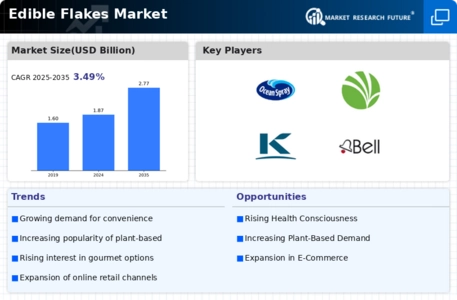
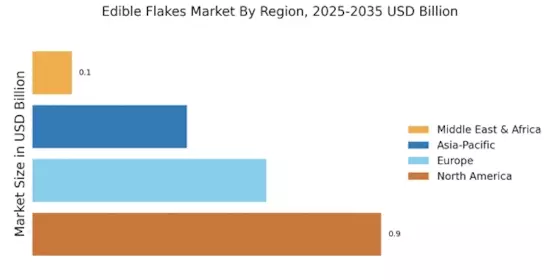
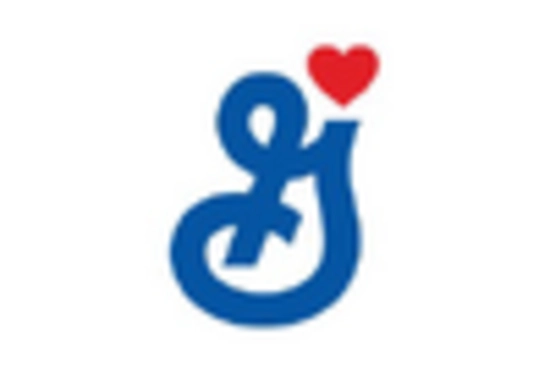
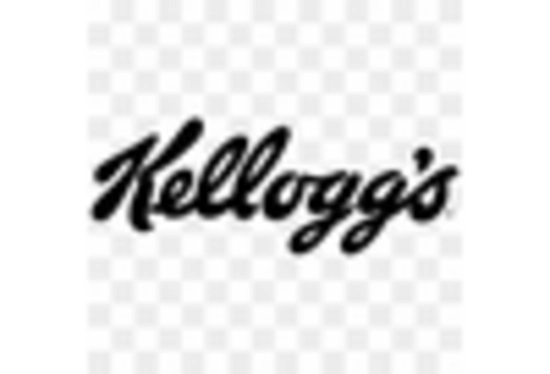

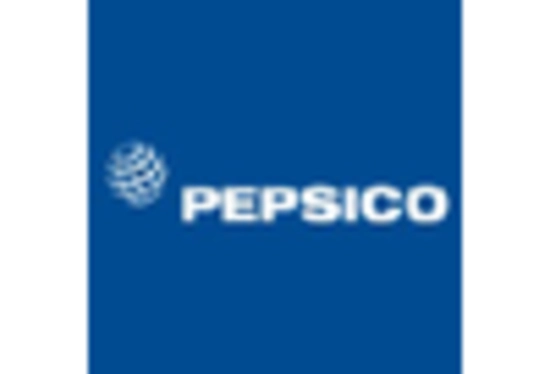
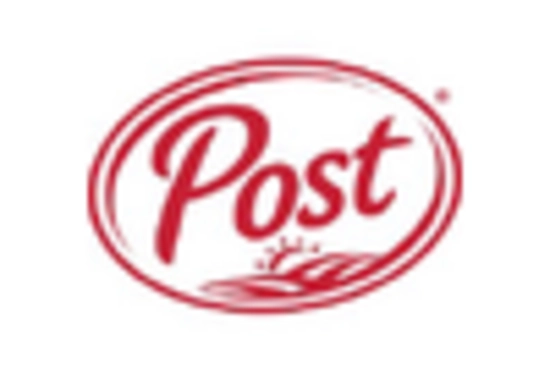
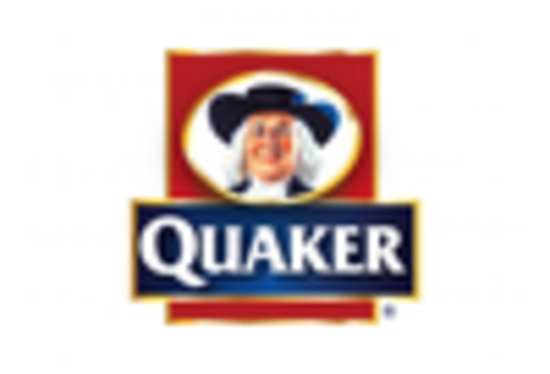








Leave a Comment